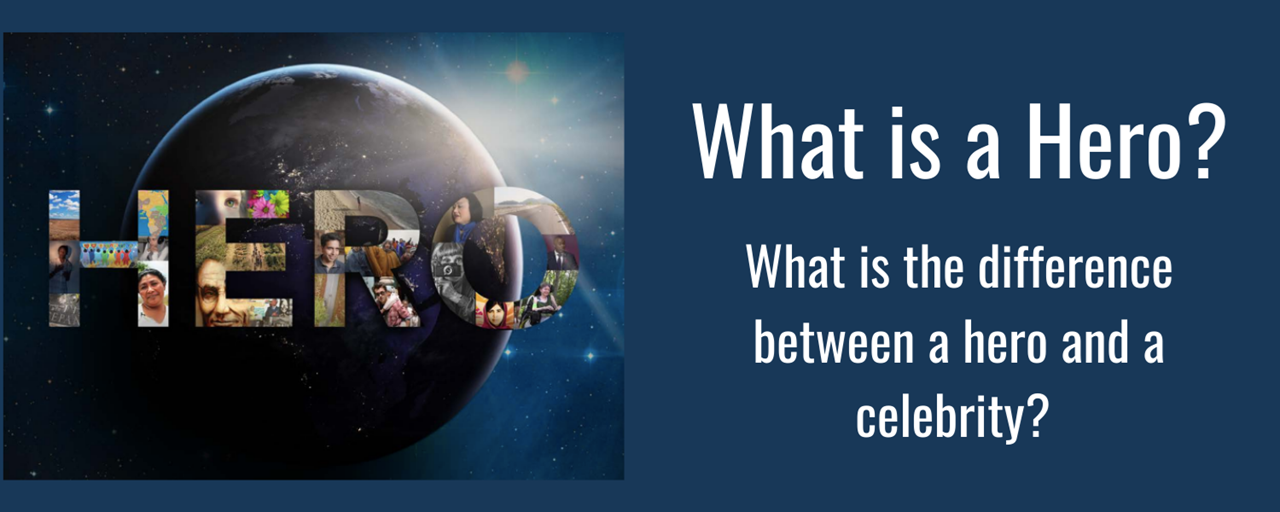Created by Allyx Schiavone and Ann M. Hoffelder

Overview of Lesson - Students will be able to
* Describe the characteristics of a hero.
* Recognize the hero in a story.
* Name heroes in their lives and express why those people are heroes to them.
* Use a computer to access the Internet, find and read stories on the MY HERO Website.
* Distinguish between a hero and a celebrity.
Step One: Introduction
Look at the following ideas: (a) “Cold Start”; (b) Visual; (c) Story.
Select the one(s) that will work best for you, and adapt them to the age you are teaching.
Cold Start
Visual
Story
Step Two: Definition/Description
As a class, come up with a definition/description of a hero.
Step Three: Identification/Naming of Heroes
Have students name some heroes. Why are they heroes? Distinguish between a hero and a celebrity.
Step Four: Read a MY HERO Story to the Class
Have students discuss why the person noted in the story is a hero.
Step Five: Analyze Characters in the Story
Assign small groups or partners and review hero stories from the MY HERO Website or book sources.
Step Six: MY HERO Website Scavenger Hunt
Step Seven: Descriptive Pattern Organizer
Content Recommendation:
The dictionary definition of a hero is “a person of distinguished courage or ability…admired for brave deeds and noble qualities…role model, ideal…” (excerpts, Webster, Unabridged, 2nd edition, 2001). This seems somewhat narrow and exclusive unless amplified. You may want to include the following characteristics in your description of a hero: integrity, compassion, helping those in need, moral courage and doing what you know is right.
Make a distinction between celebrity and hero. In the dictionary, celebrity is defined as "a famous or well-known person."
Be sure that your definition and distinctions of heroes are ones you can live with as you apply and broaden the application or designation.
Modifications to Consider:
The method and extent of classroom introduction of “What Is a Hero?” will vary with the age level of your students. For older, computer-literate students, consider using the “Cold Start,” plus items No. 2 (Define/Describe) and No. 3 (Identify). Then go directly to an independent (or small group) on-line assignment using the MY HERO Website.
For very young students who do not yet read, the use of visuals and teacher-read stories will be all the more important.
For college students, the hero concept may be addressed in the liberal arts curriculum of literature, history and ethics courses. Through discussions, college students can define and describe heroes, distinguish between heroes and celebrities and identify well-known and unknown heroes, developing their ideas about why these people are considered heroes. College assignments would begin with accessing and browsing www.myhero.com, identifying and writing about a person who is a personal hero and submitting the story to the MY HERO site through the “Create” program.
Organizer created on 3/7/2022 1:00:33 PM by Laura Nietzer
Last edited 3/8/2022 1:52:10 PM by Laura Nietzer